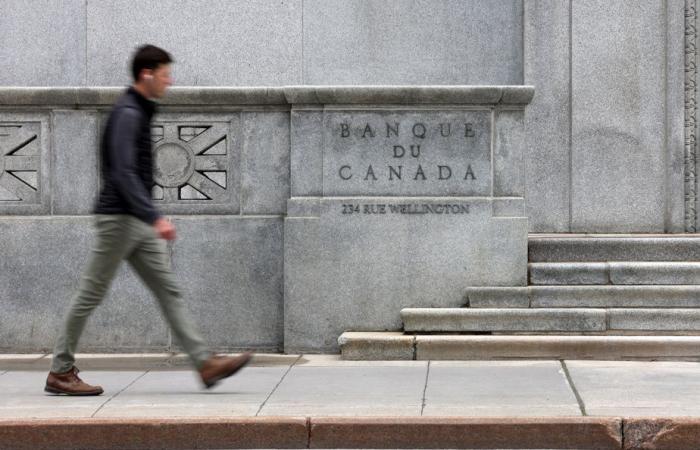The Bank of Canada’s operations are still in deficit, but its deficit narrowed further in the third quarter of the current year.
Posted at 4:26 p.m.
The Canadian central bank reports a net loss of 721 million for the third quarter which ended September 30, compared to a loss of 1.3 billion for the same period last year.
For the first nine months of the year, the Bank of Canada posted a loss of 2.4 billion, which compares to a deficit of 4.3 billion last year.
For the year 2023, the net loss amounts to 5.7 billion. The Bank of Canada fell into deficit for the first time in its 87-year history in the third quarter of 2022, after it intervened exceptionally to support the economy during the pandemic.
This intervention, called quantitative easing, a first for the Bank of Canada, had the effect of making its net interest margin negative when interest rates increased to combat inflation. The central bank still finds itself paying more interest than it receives.
“These losses occurred mainly because the interest incurred on deposits was higher than the interest earned on investments,” explains the central bank in its most recent financial report. These net interest charges result from increases in the policy rate, which rose from 0.25% in the first quarter of 2022 to a peak of 5.00% in the third quarter of 2023, before being gradually lowered to to 4.25% in the third quarter of 2024.”
The Bank of Canada expects to return to profitability in 2025 or 2026. “The extent of the losses and the duration of the episode will depend on several factors, including the trajectory of interest rates and the evolution of economy and the balance sheet of the institution,” indicates the central bank.
According to an estimate from the Conference Board, the total losses of the Bank of Canada could amount to 8.8 billion.
Most major central banks in the Western world are in the same situation and are posting operating losses due to rising interest rates. Central banks have the mission of controlling inflation and do not aim for profitability, but their operations are profitable and they normally pay their profits to the government.
The exceptional situation in which the Bank of Canada finds itself was not foreseen by the Bank of Canada Act. The federal government had to change the law to allow the central bank to keep its future profits rather than paying them to the government for the time it takes to return to profitability.
Read the article “The Bank of Canada is losing money? It can be! »






